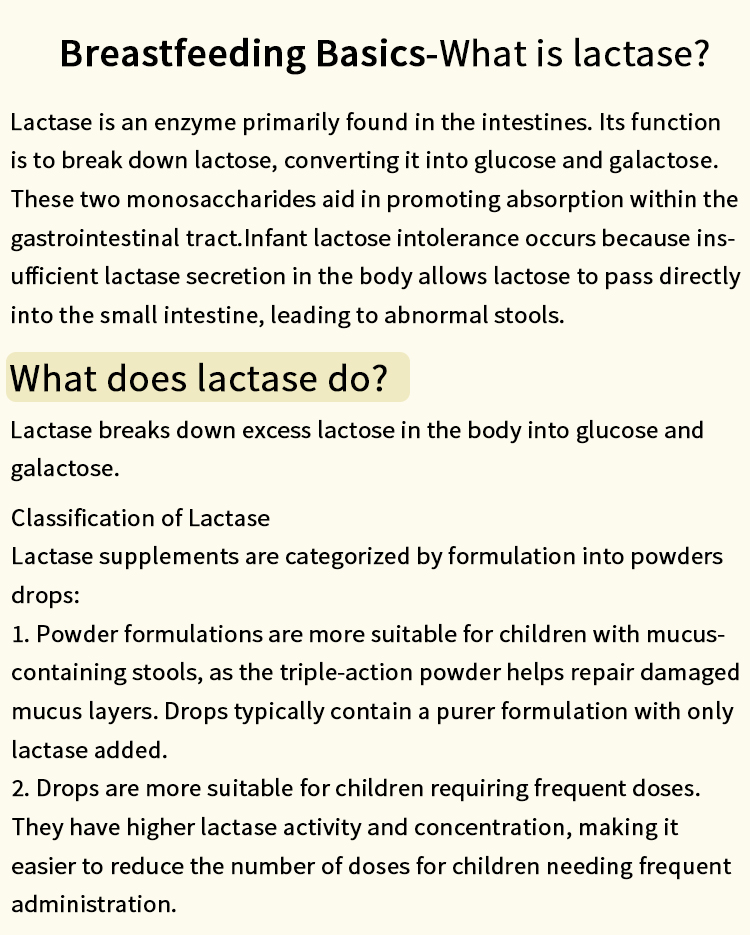
In the corporate world, titles and positions often carry significant weight and influence. Two such prominent roles are that of a CEO (Chief Executive Officer) and a Managing Director. While both positions hold considerable power and responsibility within an organization, there are distinct differences that set them apart. In this blog post, we will delve into the intricacies of these roles, exploring their respective responsibilities, authority, and overall significance.
- Understanding the CEO:
The CEO, commonly known as the top executive, is the highest-ranking officer in a company. This individual is responsible for making major corporate decisions, setting strategic goals, and overseeing the overall operations of the organization. The CEO acts as the face of the company, representing its vision and mission to stakeholders, investors, and the public. This role requires exceptional leadership skills, a deep understanding of the industry, and the ability to navigate complex business landscapes. - Unveiling the Managing Director:
On the other hand, the Managing Director holds a slightly different position within the corporate hierarchy. This role is typically found in larger organizations or multinational companies. The Managing Director is responsible for managing the day-to-day operations of the company, ensuring that the strategic objectives set by the CEO are implemented effectively. They oversee various departments, coordinate with different teams, and ensure smooth functioning across all levels of the organization. The Managing Director acts as a bridge between the CEO and the rest of the company, translating the strategic vision into actionable plans. - Key Differences:
While both the CEO and Managing Director play crucial roles in an organization, there are several key differences that set them apart. Firstly, the CEO is primarily focused on the overall strategic direction of the company, while the Managing Director is more involved in operational aspects. Secondly, the CEO is often the ultimate decision-maker, while the Managing Director implements those decisions. Additionally, the CEO is more externally focused, engaging with stakeholders, investors, and the media, while the Managing Director is more internally focused, ensuring efficient internal processes and employee satisfaction. - Complementary Roles:
It is important to note that the roles of a CEO and a Managing Director are not mutually exclusive. In fact, they often work hand in hand, complementing each other's strengths and expertise. The CEO sets the vision and long-term goals, while the Managing Director ensures their execution. This collaboration fosters a balanced approach to leadership, combining strategic thinking with operational efficiency.
Conclusion:
In conclusion, the roles of a CEO and a Managing Director are distinct yet interconnected. While the CEO holds the highest position in the corporate hierarchy, responsible for strategic decision-making and overall company direction, the Managing Director focuses on operational management and translating the CEO's vision into actionable plans. Understanding the nuances of these roles is crucial for aspiring professionals and those seeking to navigate the corporate landscape effectively.





